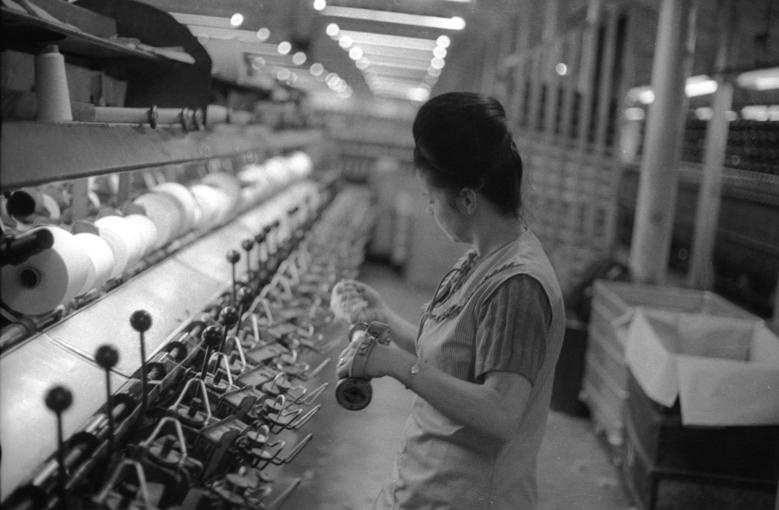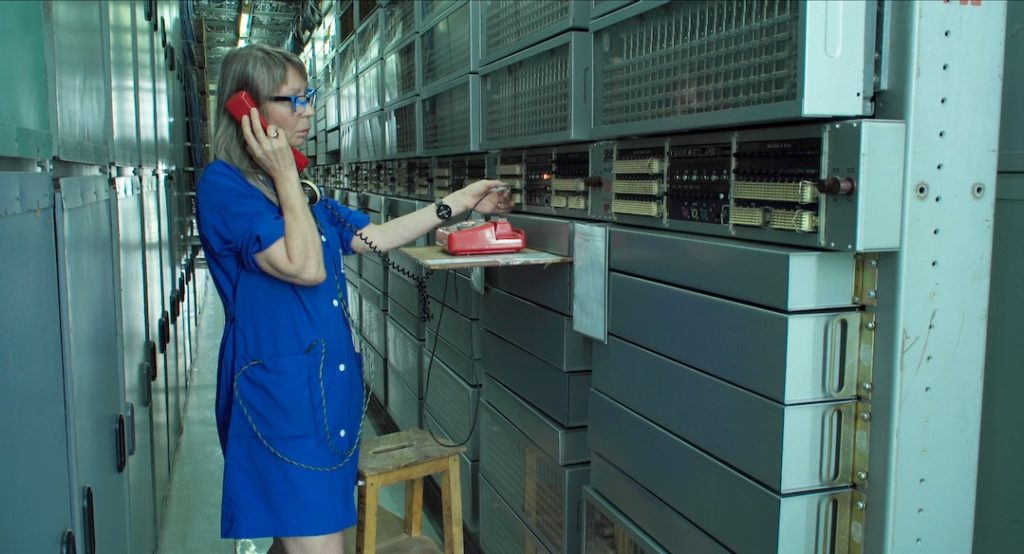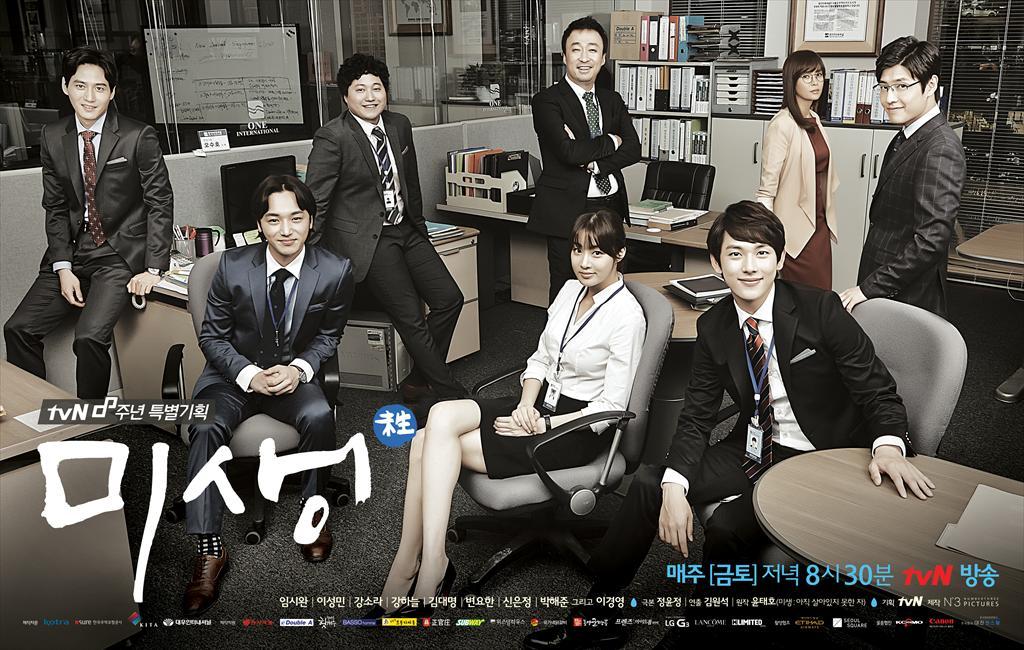Forced labour even after death
Zombies as swaying figures with rotting open wounds and bloodstained dislocated faces aimlessly chasing people have been a familiar film subject to us since George Romero’s “The Night of the Living Dead” in 1968.
In his film “Zombi Child” (France, 2019), which is set in a strict Catholic boarding school for girls in today’s Paris and 1960s Haiti, Bertrand Bonello moves away from this characterisation and instead follows on in homage to the first zombie feature film in history, ”White Zombie”. Directed by Viktor Halperin and independently produced by his brother Edward in 1932, during Hollywood’s short pre-code period, was also set in Haiti and also manifests the form of the undead, a common form of voodoo that originated there. Before George Romero coined the genre-typical ‘zombie’, zombies appeared in the form of ponderously moving, will-less and unfeeling, outwardly unscathed corpses.
In both Bonello’s and Halperin’s interpretations, the zombies robbed of their souls by a zombie master are exploited at night as slaves in the sugar cane plantations. Although research suggests that the phenomenon of the zombie did not first develop during the Caribbean’s slave trade era, but was actually brought from Africa with the voodoo cult, the original zombie films and also “Zombi Child” allow a reading that shows the same hopeless fate — forced labour even after death.
Nothing could have been more profitable for the elites of the European colonial powers than the sugar plantations of the Caribbean. The African slaves were the “fuel” of this proto-industrial economy and after a few years they were “incinerated”.
Although Romero chose a different formal cinematographic language, his zombie films also contains a political subtext. His criticism of American consumer society is quite evident in “Zombie” (1978), where the final fight for humanity took place laughably in a shopping mall. Romero sees the zombies as a revolutionary expression of that sick society.
Bonello’s critique of society is more subversively embedded in a cliché teenager-in- love story. The girl-clique of the French elite boarding school in “Zombi Child” is fascinated by the voodoo tradition of their comrade from Haiti. When one of the schoolgirls takes a stab at voodoo out of lovesickness and without malicious intent, in a quasi-colonialist manner, death invariably occurs. The cultural appropriation of voodoo by a white European woman stands as a metaphor for the exploitation and subjugation of the southern hemisphere.
Zombi Child Trailer
White Zombie 1932 - Full Film
Zombie / Dawn of the Dead (1978) - Trailer
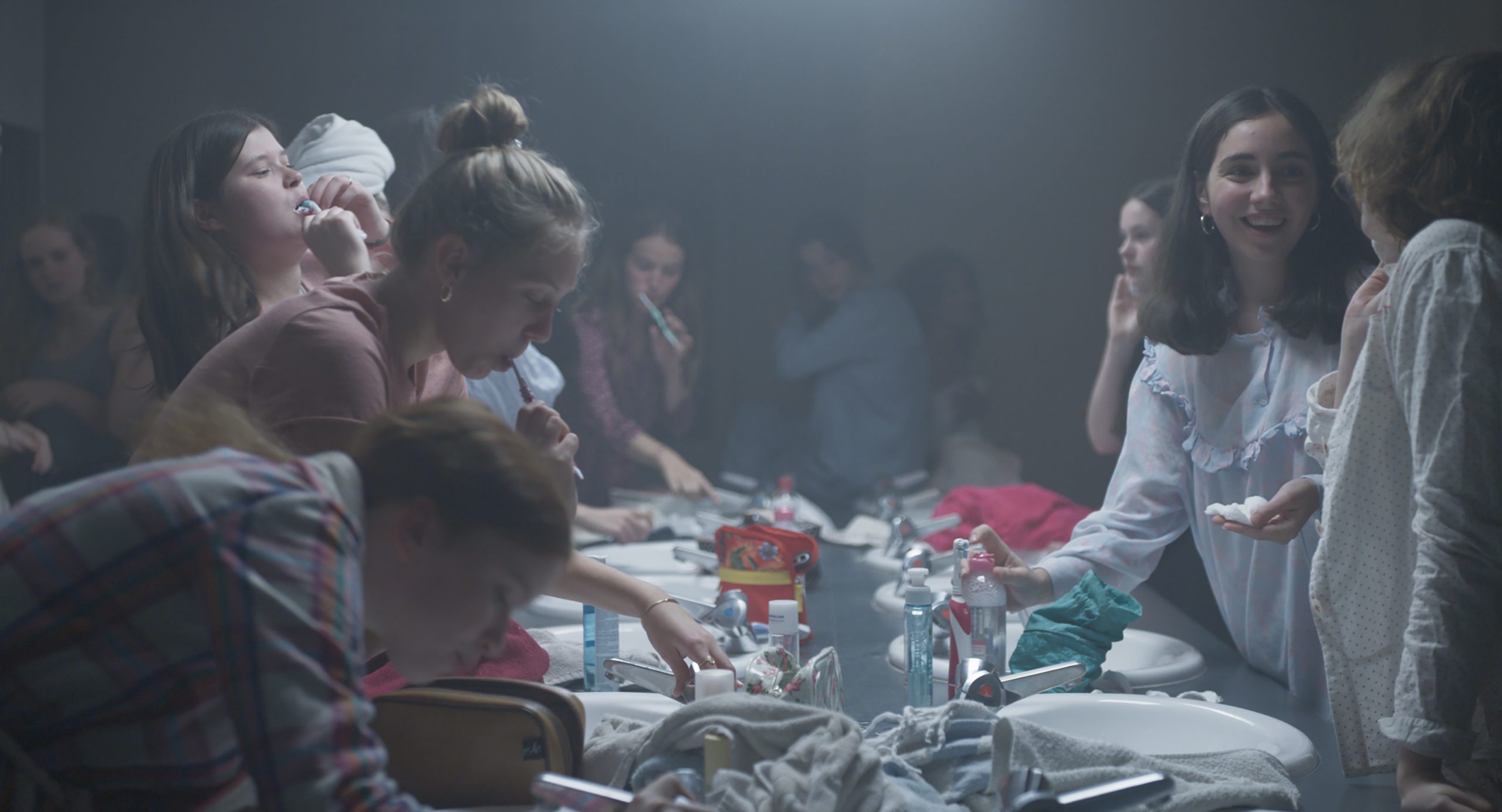
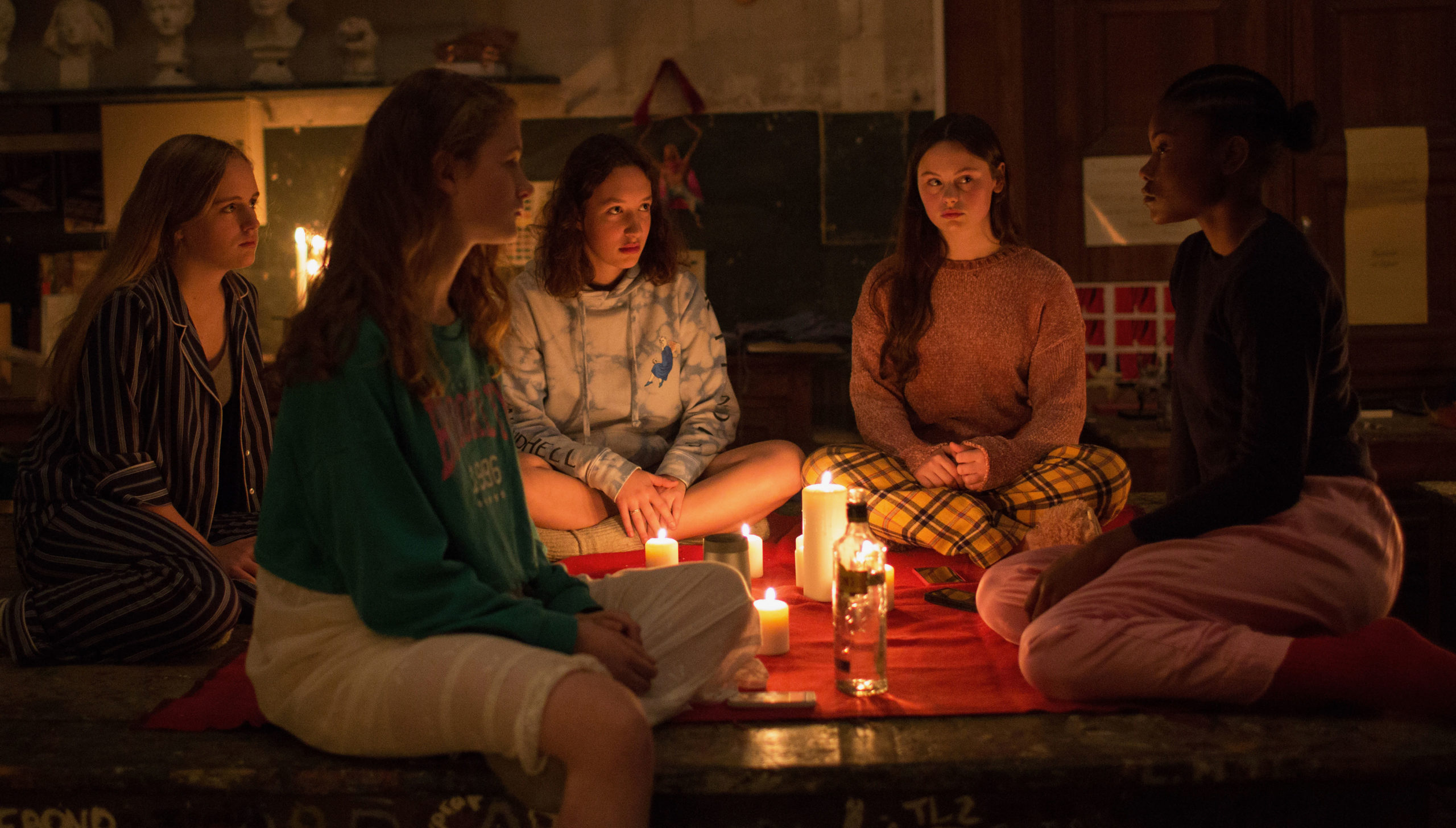
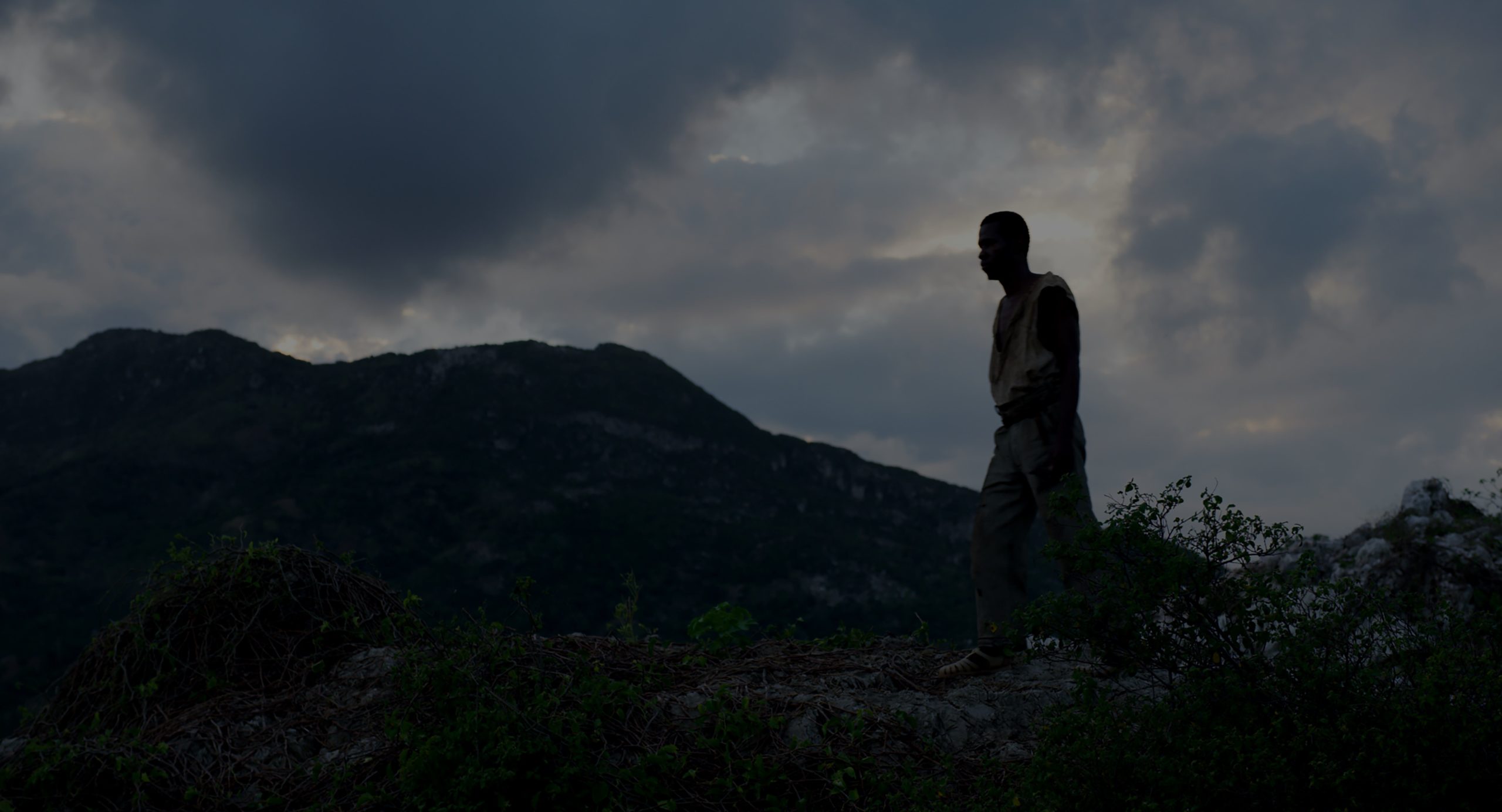
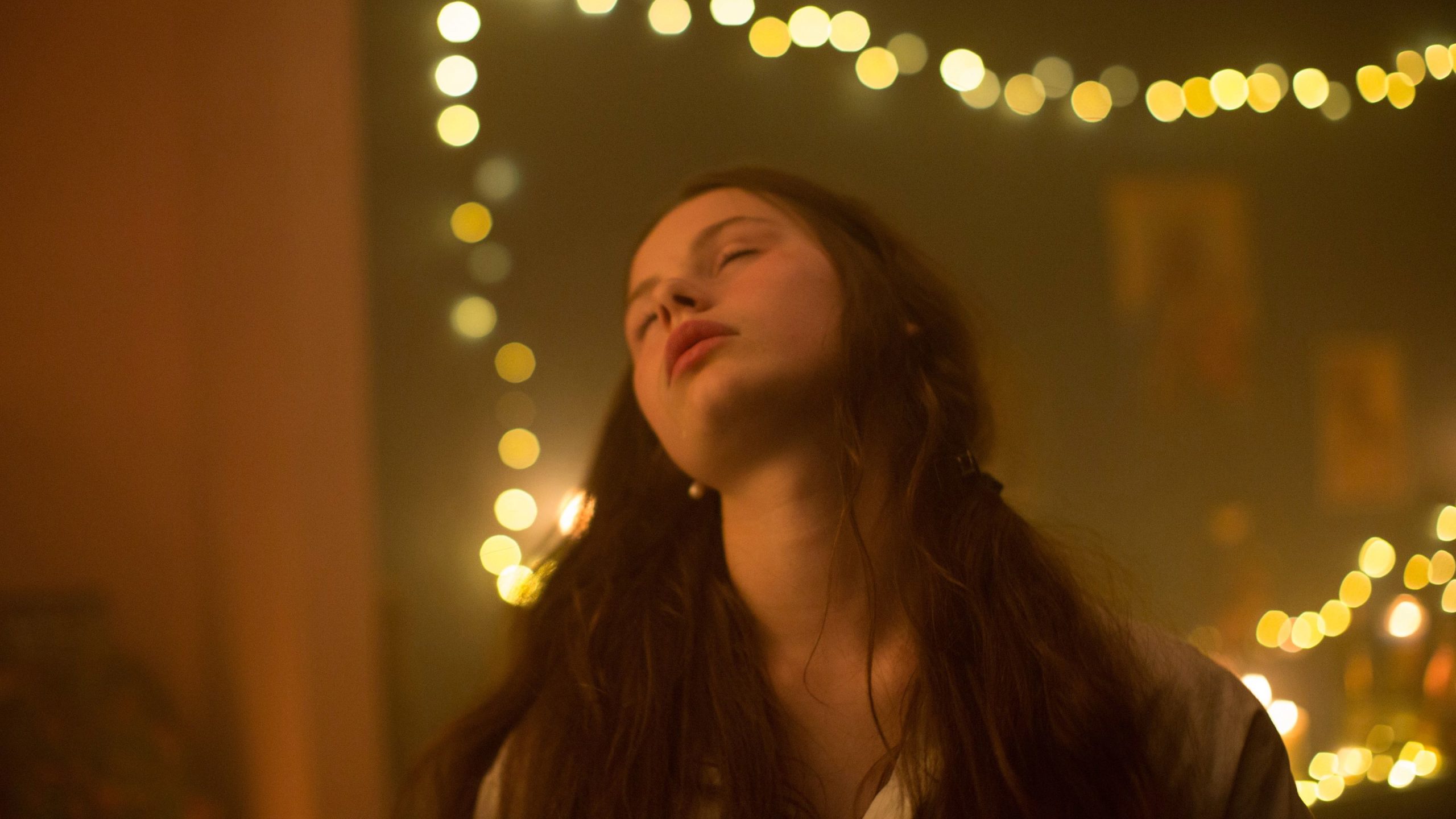

Film Still (all)
© Grandfilm (all)
Forced labour even after death
Zombies as swaying figures with rotting open wounds and bloodstained dislocated faces aimlessly chasing people have been a familiar film subject to us since George Romero’s “The Night of the Living Dead” in 1968.
In his film “Zombi Child” (France, 2019), which is set in a strict Catholic boarding school for girls in today’s Paris and 1960s Haiti, Bertrand Bonello moves away from this characterisation and instead follows on in homage to the first zombie feature film in history, ”White Zombie”. Directed by Viktor Halperin and independently produced by his brother Edward in 1932, during Hollywood’s short pre-code period, was also set in Haiti and also manifests the form of the undead, a common form of voodoo that originated there. Before George Romero coined the genre-typical ‘zombie’, zombies appeared in the form of ponderously moving, will-less and unfeeling, outwardly unscathed corpses.
In both Bonello’s and Halperin’s interpretations, the zombies robbed of their souls by a zombie master are exploited at night as slaves in the sugar cane plantations. Although research suggests that the phenomenon of the zombie did not first develop during the Caribbean’s slave trade era, but was actually brought from Africa with the voodoo cult, the original zombie films and also “Zombi Child” allow a reading that shows the same hopeless fate — forced labour even after death.
Nothing could have been more profitable for the elites of the European colonial powers than the sugar plantations of the Caribbean. The African slaves were the “fuel” of this proto-industrial economy and after a few years they were “incinerated”.
Although Romero chose a different formal cinematographic language, his zombie films also contains a political subtext. His criticism of American consumer society is quite evident in “Zombie” (1978), where the final fight for humanity took place laughably in a shopping mall. Romero sees the zombies as a revolutionary expression of that sick society.
Bonello’s critique of society is more subversively embedded in a cliché teenager-in- love story. The girl-clique of the French elite boarding school in “Zombi Child” is fascinated by the voodoo tradition of their comrade from Haiti. When one of the schoolgirls takes a stab at voodoo out of lovesickness and without malicious intent, in a quasi-colonialist manner, death invariably occurs. The cultural appropriation of voodoo by a white European woman stands as a metaphor for the exploitation and subjugation of the southern hemisphere.
Zombi Child Trailer
White Zombie 1932 - Full Film
Zombie / Dawn of the Dead (1978) - Trailer





Film Still (all)
© Grandfilm (all)

Comparative work studies with the camera: Darcy Lange
With his camera, the artist Darcy Lange provided important scientific material on work and education, which still begs to be analysed in social and educational research.
Society without connection
The new film "Please hold the line" (2020) by Pavel Cuzuioc loosely follows the work of service technicians in the telecommunications industry in the far east of Europe while actually portraying their customers more. Those who are in danger of losing their connection to society.
Forklift-Conflicts
In the Aisles (2018) by Thomas Stuber is the ultimate warehouse-worker feature film. There has never been so much 'workplace' featured in a movie, set in a wholesale market, with so much insight into learning the ropes of an unskilled job. On top of that, romance.
Korea’s Generation Internship 4.0
The TV series "Misaeng: Incomplete Life" gives deep insights into South-Korea's working world and the difficult transition to get there.
Still, Lazzaro is happy
Alice Rohrwacher's film about the dubious liberation from a relationship of subjection

About this blog
By selecting a film or an image, this blog literally illustrates the vast sphere of work, employment & education in an open collection of academic, artistic and also anecdotal findings.
About us
Konrad Wakolbinger makes documentary films about work and life. Jörg Markowitsch does research on education and work. They are both based in Vienna. Information on guest authors can be found in their corresponding articles.
More about
Interested in more? Find recommendations on relevant festivals, film collections and literature here.
About this blog
With picking a film or an image, this blog literally illustrates the vast sphere of work, employment & education in an open collection of academic, artistic and also anecdotal findings.
About us
Konrad Wakolbinger makes documentary films about work and life. Jörg Markowitsch does research on education and work. We both work in Vienna. Information on guest authors can be found in their respective articles.
More about
Interested in more? Find recommendations on relevant festivals, film collections and literature here.


